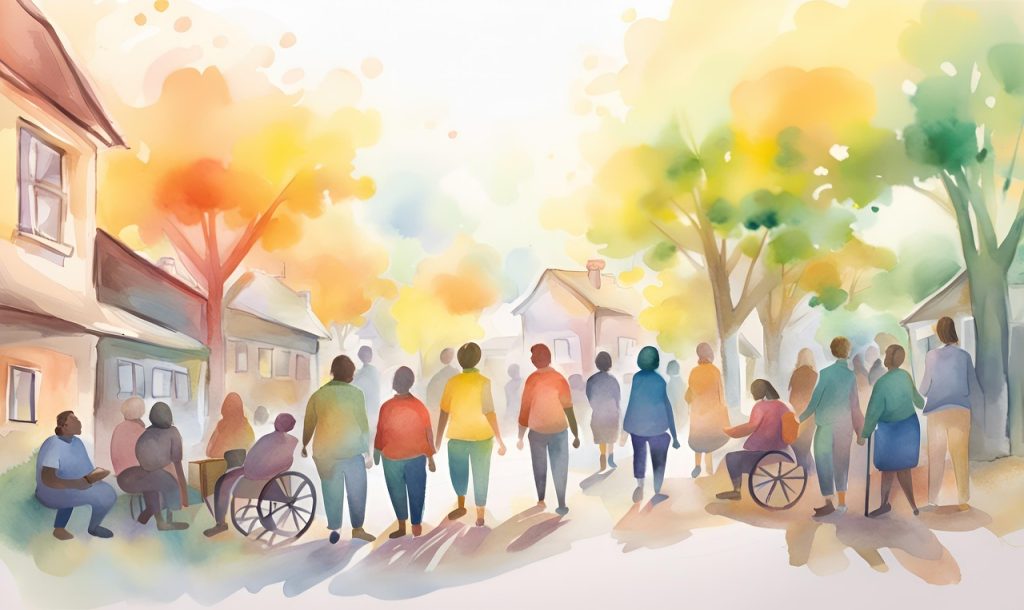How to Deal With Writer’s Block in 2025, With Advice From Shane Windmeyer

Break Through Creative Barriers With Clarity, Compassion, and a Plan
Every writer—no matter how experienced—will face the blank page and feel stuck. In 2025, where content moves fast and publishing opportunities are endless, writer’s block can feel more discouraging than ever. But it doesn’t have to define your journey.
Writer’s block isn’t a sign of failure. It’s a message. A pause. Sometimes a necessary reset. And with the right tools and mindset, you can move through it—not just back into writing, but into writing that feels alive again.
Drawing on strategies and mindset shifts recommended by publishing mentor Shane Windmeyer, this article explores how modern writers can overcome creative paralysis and reconnect with their voice.
1. Name the Block
Before you try to push past writer’s block, pause and ask: What kind of block am I experiencing?
There are many flavors:
- Fear-based: “What if this isn’t good enough?”
- Perfectionist: “I can’t write unless it’s brilliant.”
- Directionless: “I don’t know where to go next.”
- Burnout: “I’m too exhausted to create.”
- Doubt-driven: “Who am I to write this?”
Shane Windmeyer suggests first identifying the emotional root behind the block. When you give the feeling a name, you remove some of its power. From there, the path forward becomes clearer.
2. Redefine Productivity
In 2025’s hustle-focused culture, it’s easy to measure progress only by word count. But not all writing work looks like writing.
Productive writing time can include:
- Outlining future chapters
- Freewriting to loosen your voice
- Research or reading in your genre
- Reconnecting with why your story matters
Shane Windmeyer emphasizes that reflection, rest, and idea incubation are part of the creative process—not a detour from it. When you redefine what “counts,” you reduce pressure and create space for real progress to emerge.
3. Shift the Setting—Even Digitally
Staring at the same screen, day after day, dulls your creative senses. A simple shift in your environment can refresh your perspective.
Try:
- Moving to a different room or writing outdoors
- Using a different writing tool (a notebook instead of a laptop)
- Switching writing software for a minimalist space (like iA Writer or OmmWriter)
- Playing ambient music or white noise
Even digital shifts can help. Turn off formatting, use a distraction blocker, or change your font to something playful. As Shane Windmeyer advises, small changes can yield surprising breakthroughs.
4. Set Micro-Goals, Not Monuments
Big goals often shut us down. “Finish the chapter” or “write 2,000 words” can feel impossible when you’re stuck.
Instead, set micro-goals like:
- Write one sentence you believe in
- Journal for five minutes about the character’s motivation
- Make a list of possible chapter titles
- Describe a scene without pressure to keep it
Shane Windmeyer encourages writers to “lower the bar to meet yourself.” You don’t climb mountains in one leap—you take one step. And then another. And eventually, momentum builds again.
5. Let AI Help—but Don’t Let It Lead
In 2025, AI tools can be a creative partner when used wisely. They can spark ideas, generate prompts, and help organize outlines. But they can’t replace your emotional intuition—or your voice.
Try using AI for:
- Prompting a scene idea when you’re stuck
- Summarizing a rambling draft
- Brainstorming alternate chapter openers
- Organizing plot points or research notes
Shane Windmeyer recommends AI as a support—not a shortcut. When you co-create with intention, tools can lift the fog of indecision without stealing the soul of your story.
6. Remember Why You Started
Writer’s block often grows when we lose sight of the why behind our work. Take time to reconnect with your original spark.
Ask yourself:
- Why did I want to write this in the first place?
- Who do I hope this book reaches or helps?
- What message or emotion matters most in this story?
Return to your mission. Revisit your notes or proposal. Read a letter from a reader or supporter. Shane Windmeyer teaches that motivation deepens when we revisit meaning. Writing flows best when we remember who we’re writing for.
7. Talk to Other Writers
Isolation intensifies writer’s block. You don’t need to suffer in silence. In fact, most writers experience similar struggles—and talking about them can ease the weight.
Ways to connect:
- Join a weekly virtual writing group
- Find a critique partner or accountability buddy
- Attend a writing workshop or panel
- Post an honest update in a writer forum or Discord
Shane Windmeyer encourages emerging authors to lean into community. A single encouraging comment can open the door back into your work.
8. Step Away to Step Forward
Sometimes the best thing you can do is stop writing. Not forever—but for long enough to reset your nervous system and shift your creative energy.
Try:
- Taking a walk without your phone
- Reading poetry or a favorite novel
- Engaging in another form of art (drawing, cooking, music)
- Meditating or journaling without structure
Writer’s block isn’t always solved by writing more. Sometimes, the solution is silence. Shane Windmeyer reminds us: replenishment fuels resilience. Creative pauses are a form of creative strength.
Conclusion: The Block Is a Portal, Not a Wall
In a world driven by content, algorithms, and constant productivity, writer’s block can feel like betrayal. But in reality, it’s an invitation—a signal that something deeper is asking to be heard.
By listening to the block, adjusting your expectations, and reaching for tools and support, you can return to the page—not with panic, but with presence.
As Shane Windmeyer says, “Writer’s block isn’t the end of your story. It’s the moment before a breakthrough.” Trust that. Honor your process. And take the next gentle step.